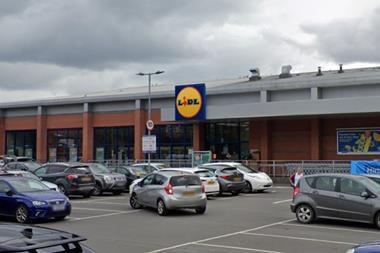Research from the British Retail Consortium reveals a high street vacancy rate of 12.3% in March 2020. With several major retailers falling into administration during lockdown, the figures for June are likely to be much higher.

As the retail sector struggles, the industrial and logistics sector goes from strength to strength. A significant growth in online shopping is fuelling the need for logistics hubs in locations where customers can receive deliveries as efficiently as possible.
An increase in the rents of industrial assets means they are as lucrative an investment as retail sites. Many investors are looking to convert their retail assets into logistical space.
City fringe sites and town centre retail units are increasingly catching the eye of developers. Amazon has shown an interest in last-mile, smaller-scale parcel distribution space providing access to high-density city centre populations. The global impact of Covid-19 is only accelerating this demand.
But there are considerations for investors before they press on with a conversion.
Carrying out a feasibility study allows investors to assess how rental values for last-mile logistics compare to retail. Doing due diligence will establish the viability and cost of converting the space. Investors should investigate where there is any potential lease-end dilapidations recoverability, and whether planning permission is required for the change of use.
A detailed review of the existing building services provisions is also needed to ensure they can still safely accommodate the new configuration. For example, if you are planning to roll out all-electric parcel delivery, your current power provision may not accommodate that. A review of the fire engineering strategy and statutory compliance due diligence also needs to be undertaken.
Analysis of the load capability of ground and upper floors is important, too. Will they be able to withstand increased loading capacities of dense storage? This would require laser levelling surveys and potentially floor-to-ceiling height changes on ground and upper floors.
While there is a lot to think about when repurposing a retail asset to logistics space, the long-term benefits make it worth considering.
Stuart Sword is a partner at Hollis




























No comments yet